In this episode we spoke to Tony Ulwick, Founder and CEO of consulting firm Strategyn, and pioneer in Jobs to be Done Theory and the inventor of outcome-driven innovation. He also holds six patents related to the processes around outcome-driven innovation and has helped clients generate billions of dollars in revenue growth using his methods. Ulwick joined Helping Sells Radio to share how to build new products and services that win in the marketplace by helping customers get a job done better.
Innovation isn't about guessing
According to Tony, the start-up tech world has really done most of the business world a disservice by popularizing the notion of "failing fast". There are so many stories out there of that tech giant who tried thousands of product variations before hitting upon the right one for the market. They think that they can only create that new product or service by trying out every single idea first. "The problem with 'failing fast'," Tony said, "is that you may never get it right." You're ultimately guessing at what the solution is to the customer's unmet need, and guessing more often or faster doesn't increase the probability of success.
Either fail or learn fast
Right now there are two main ways to innovate:
Come up with all the ideas or solutions that meet your customer's unmet needs and then test them all one at a time to discover the right one. (Failing fast)
Understand your customer's needs first, then create the right solution to solve it/them. (Learn fast)
The 'learn fast' method has a higher probability of being "right" the first time, so you can spend more time on delivering more value to your customers from the start. You create a product that meets your customer's unmet needs right away, thereby becoming the leader in the market. When you fail fast and often, you run the risk of someone else starting the same process and hitting upon the solution first, so you're left as a runner up.
But to learn fast well, to really have success with innovation, you have to do it systematically. It has to be a repeatable process, which is the antithesis of what you think about when you think "innovation.”
"Think of innovation as solving an equation. In an equation there needs to be a constant." - Tony Ulwick
Innovation is about equations
To innovate with the learn fast method instead, you need to define what an "unmet need" is for your customers before you do anything else. Yet most companies can't agree on what that is, so they try the 'fail fast' innovation method so they're the first ones out of the gate. Each team in their organization has their own idea of what a customer need is, so they end up developing a solution to each of those needs, which may not even be what their customers are looking for.
What's missing for all of them is the structure surrounding how to define what a need is, so they can then identify the unmet ones.
Through JTD, you'll place a framework around your needs discussion so that the needs are the constant in the equation. You can use it create stability in your innovation processes, so you identify what are the actual unmet needs of your customers and then develop products that meet them all.
To illustrate this further, just take Einstein's Theory of Relativity, E=mc2, where c is the constant of the speed of light in a vacuum, defined as 299,792,458 metres per second. Prior to the establishing of the constant, it was difficult for physicists to calculate the energy of a body because all the variables were just that, variable. With the constant, however, "the formerly disparate concepts of mass (m) and energy (E)" were now linked, so that the calculations could be done.Tony illustrated this with math equations. In the equation (x = y + 1), you have to know what either x or y is in order to solve it. Otherwise you're going to try all sorts of numbers in order to figure it out.
Innovation is more than just relative
Once companies have established what a need is, it becomes easier to apply this to the entire organization. Marketers can use it to better position their products or services and tell better stories. These stories will speak directly to customers and their unmet needs, drawing them directly to your company. Product development teams can use it to enhance the products or services in the future so it meets any future needs that may arise. They'll ensure your company continues to lead the market because they're anticipating the needs of the customers. Upper management can it to outline future internal growth of the company. Based on an unmet need they'll be working on in the future, management may decide to hire more staff, acquire another company that will help solve that need, or reorganize the existing teams to help meet that need.
Simply put, the path to growth for your entire company is laid out for you when you focus on your customer's unmet needs, according to Tony and the JTBD framework.
Tony wrote the book on Jobs to Be Done.
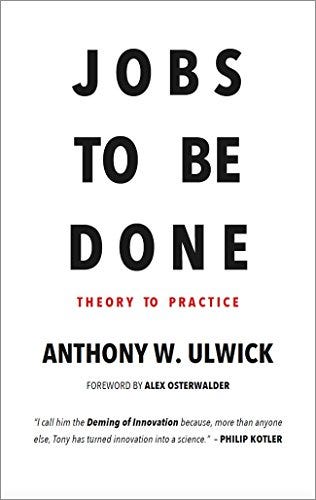






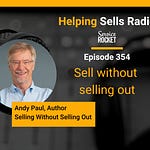
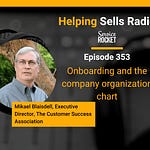
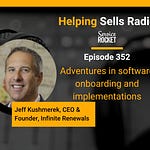
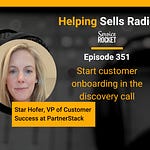
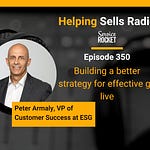

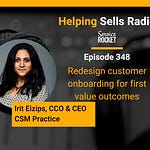

Episode 63: Tony Ulwick On Jobs-to-be-Done